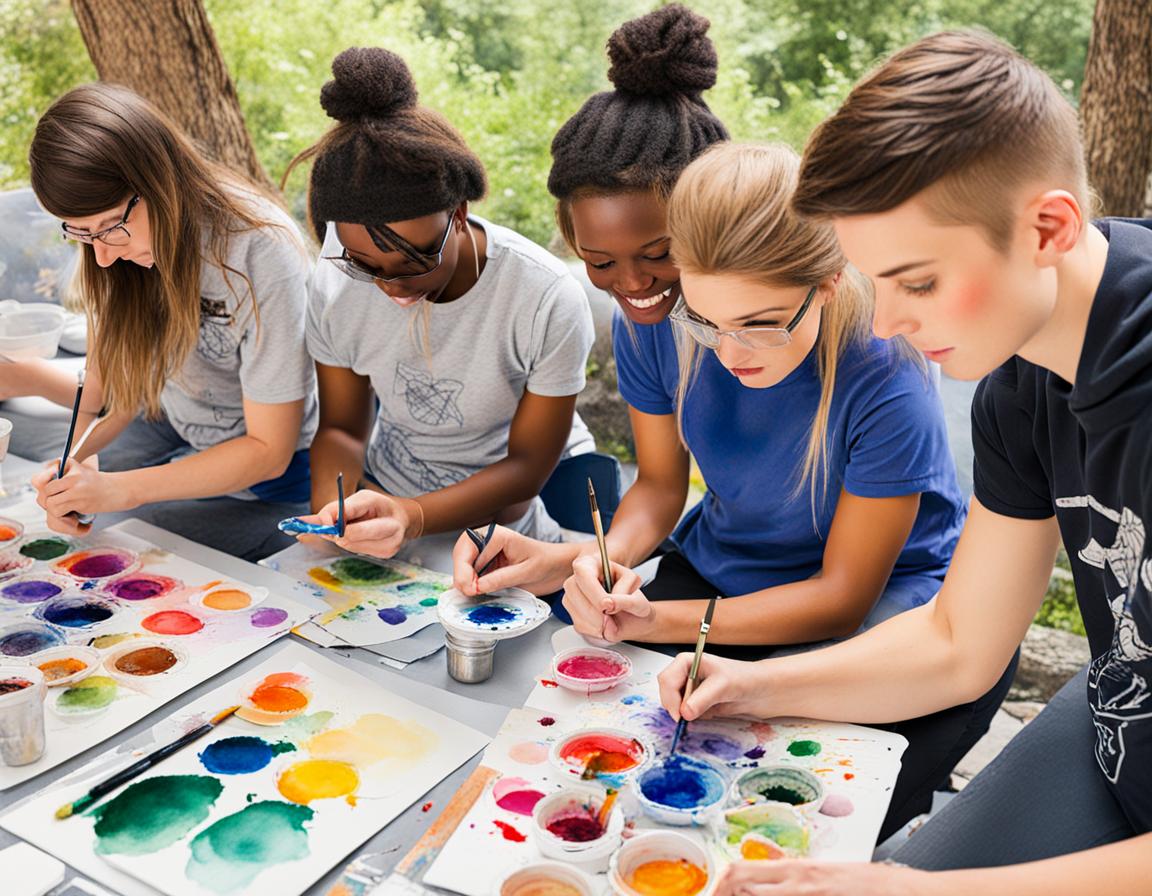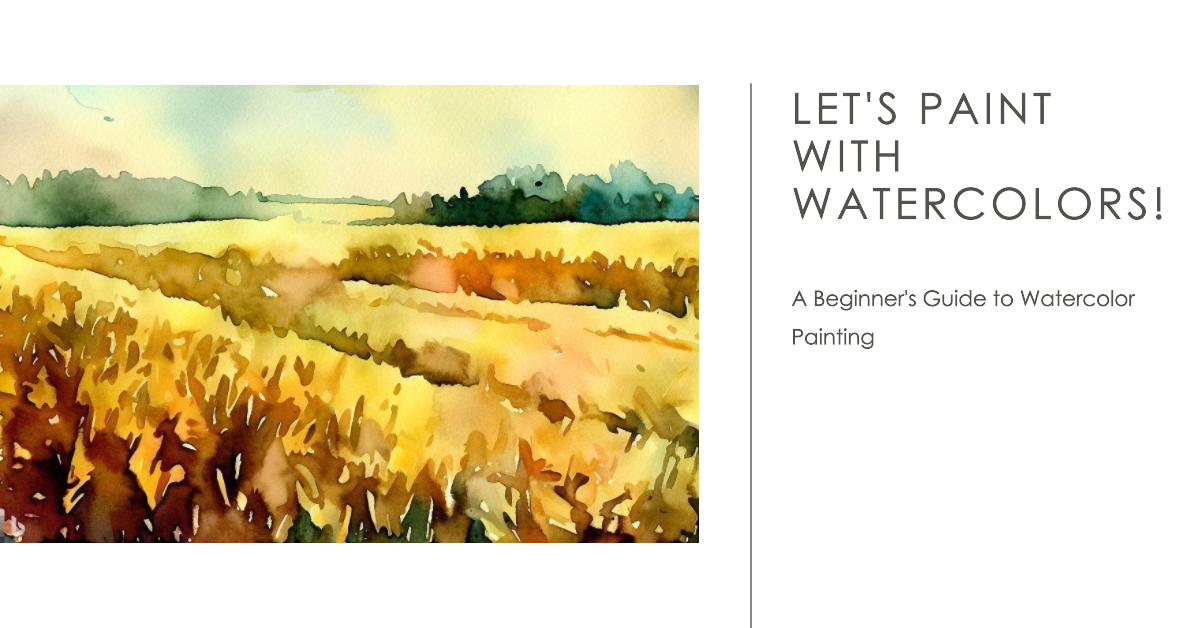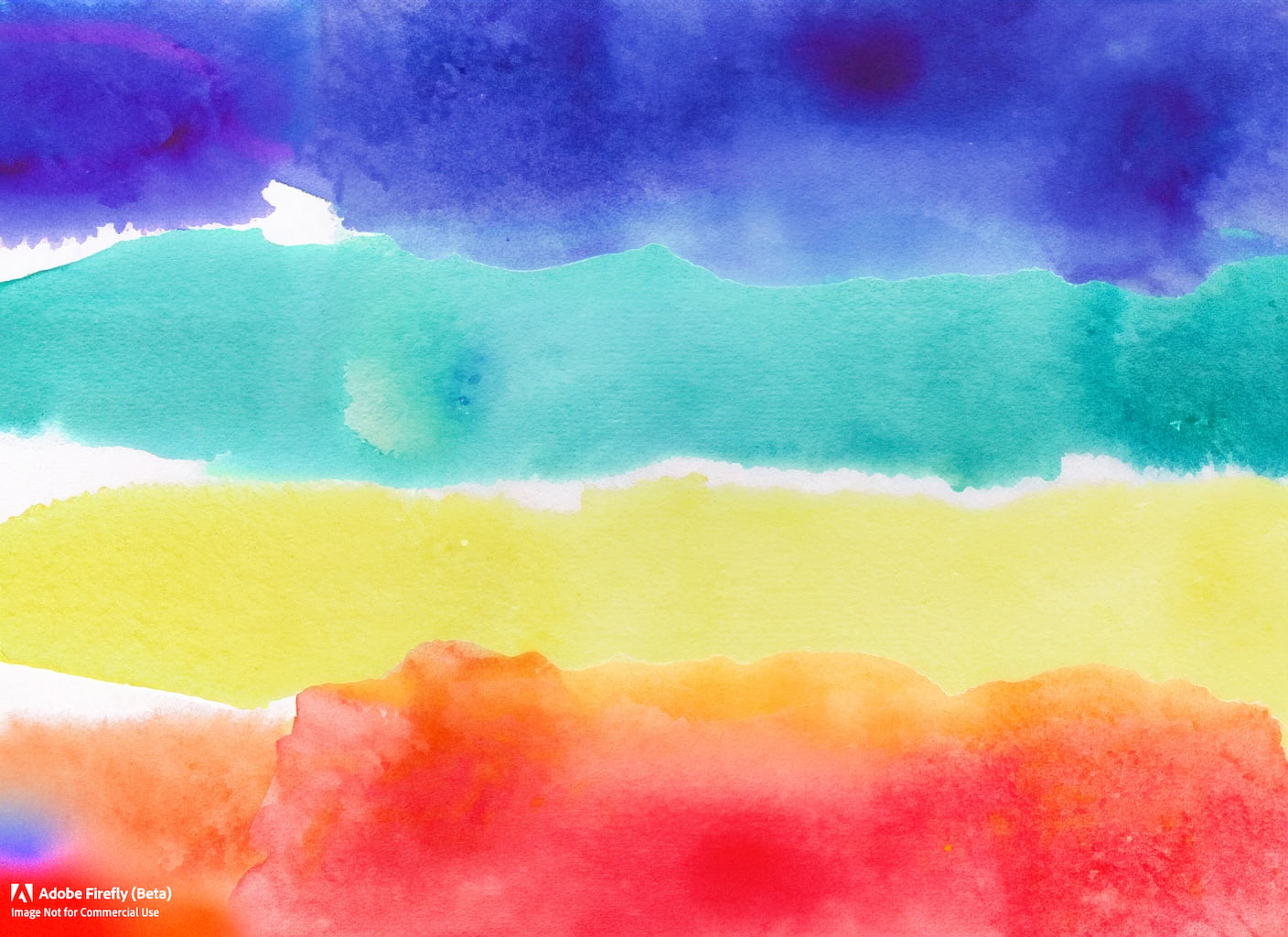Watercolor painting is a beautiful and versatile medium that can be used to create stunning works of art. If you’re new to watercolor painting, it can be overwhelming to know where to start. In this article, we’ll cover 10 easy watercolor painting techniques for beginners, from basic to advanced, to help you get started.
Getting Started
Before we dive into the techniques, let’s go over some basics.
What is watercolor painting?
Watercolor painting is a technique that involves using water-soluble pigments to create art. The paint is applied to paper or other surfaces using a brush, and the water in the paint allows it to flow and blend in unique ways.
What materials do you need?
To get started with watercolor painting, you’ll need a few basic materials:
- Watercolor paints
- Watercolor paper
- Brushes
- Water
- Palette
Best brands of watercolor paints for beginners
There are many brands of watercolor paints available in the market, but some are better suited for beginners than others. Here are some of the best brands of watercolor paints for beginners:
- Winsor & Newton Cotman Water Colours: This brand is considered the best overall and is highly recommended for beginners. The Half-Pan Studio Set comes with 45 high-quality paints, each with great color options and a built-in palette.
- Artist’s Loft Necessities: This brand is budget-friendly and perfect for beginners and professionals alike. The 36 Color Watercolor Paint Value Pack is good for card making, illustrations, and calligraphy.
- Daniel Smith Introductory Watercolors: This brand is known for its high-quality pigments and is perfect for beginners who want to experiment with different colors.
- Van Gogh Watercolor 12 Tube Pocket Box Set: This brand is known for its high-quality pigments and is perfect for beginners who want to experiment with different colors.
- Reeves 24-Pack Watercolor Paint Set: This brand is budget-friendly and perfect for beginners who want to try out different colors without breaking the bank.
When choosing a brand of watercolor paints, it’s important to consider factors such as quality, price, and color options. It’s also a good idea to read reviews from other artists to get an idea of which brands are most popular and well-regarded.
How to prepare your materials
Before you start painting, it’s important to prepare your materials. Here are a few tips:
- Wet your paper before you start painting. This will help the paint flow more easily and create softer edges.
- Mix your paint on a palette before applying it to your paper.
- Use different brushes for different effects. A flat brush is good for washes, while a round brush is good for details.
Basic Techniques
Wet on wet
Wet on wet is a technique where you apply wet paint onto a wet surface. This creates soft edges and allows the colors to blend together in interesting ways.
Wet on dry
Wet on dry is a technique where you apply wet paint onto a dry surface. This creates sharp edges and allows for more control over the paint.
Blending
Blending is a technique where you mix two colors together on your paper. This creates a gradient effect and can be used to create depth and dimension in your paintings.
Layering
Layering is a technique where you apply multiple layers of paint on top of each other. This creates depth and richness in your paintings.
Lifting
Lifting is a technique where you remove paint from your paper using a damp brush or sponge. This can be used to create highlights or correct mistakes.
Advanced Techniques
Negative painting
Negative painting is a technique where you paint around an object instead of painting the object itself. This creates a sense of depth and can be used to create interesting textures.
Sponging
Sponging is a technique where you use a sponge to apply or remove paint from your paper. This creates interesting textures and can be used to create depth in your paintings.
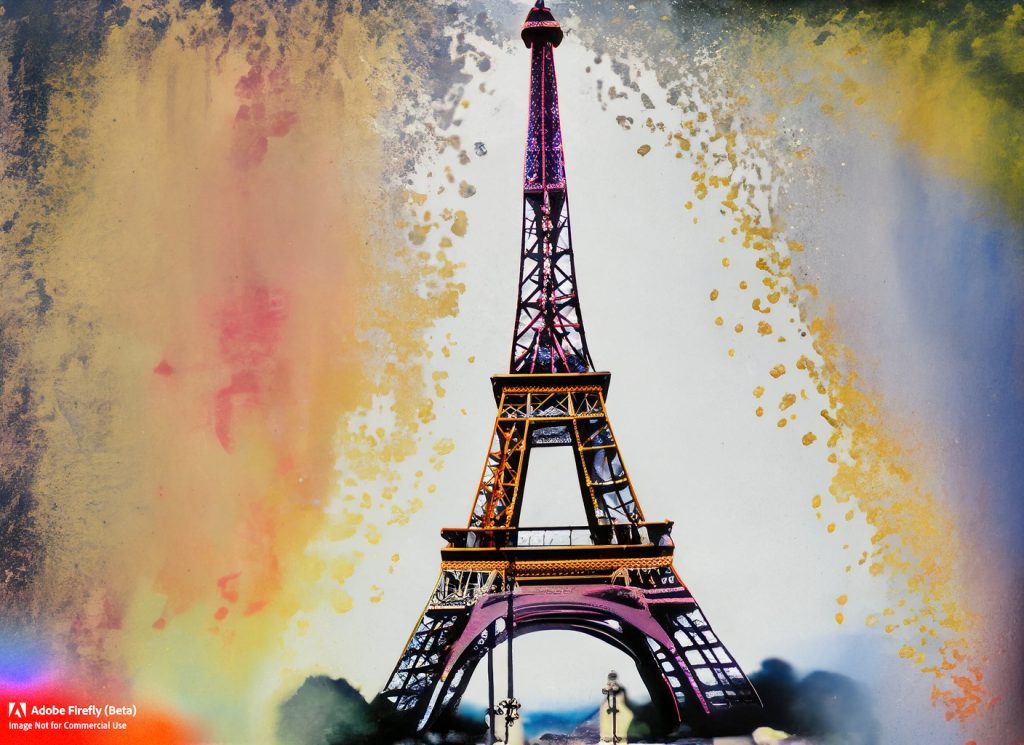
Masking
Masking is a technique where you use masking fluid or tape to protect certain areas of your paper from paint. This allows you to create sharp edges and preserve white space in your paintings.
Salt painting
Salt painting is a technique where you sprinkle salt onto wet paint. As the paint dries, the salt absorbs some of the pigment, creating interesting textures.
Bleeding
Bleeding is a technique where you apply wet paint next to another color, allowing the colors to bleed into each other. This creates interesting textures and can be used to create depth in your paintings.
Tips for Beginners
Start with simple subjects
When you’re first starting out with watercolor painting, it’s best to start with simple subjects like flowers or landscapes. This will help you get comfortable with the medium before moving on to more complex subjects.
Don’t be afraid to experiment
Watercolor painting is all about experimentation. Don’t be afraid to try new techniques or mix different colors together. You never know what kind of beautiful results you might get!
Practice makes perfect
Like any skill, watercolor painting takes practice. Set aside time each day or week to practice your techniques and experiment with new ideas.
Inspiration
Look at other watercolor paintings
One of the best ways to get inspired by watercolor painting is by looking at other artists’ work. Check out art galleries or online resources like Pinterest or Instagram for inspiration.
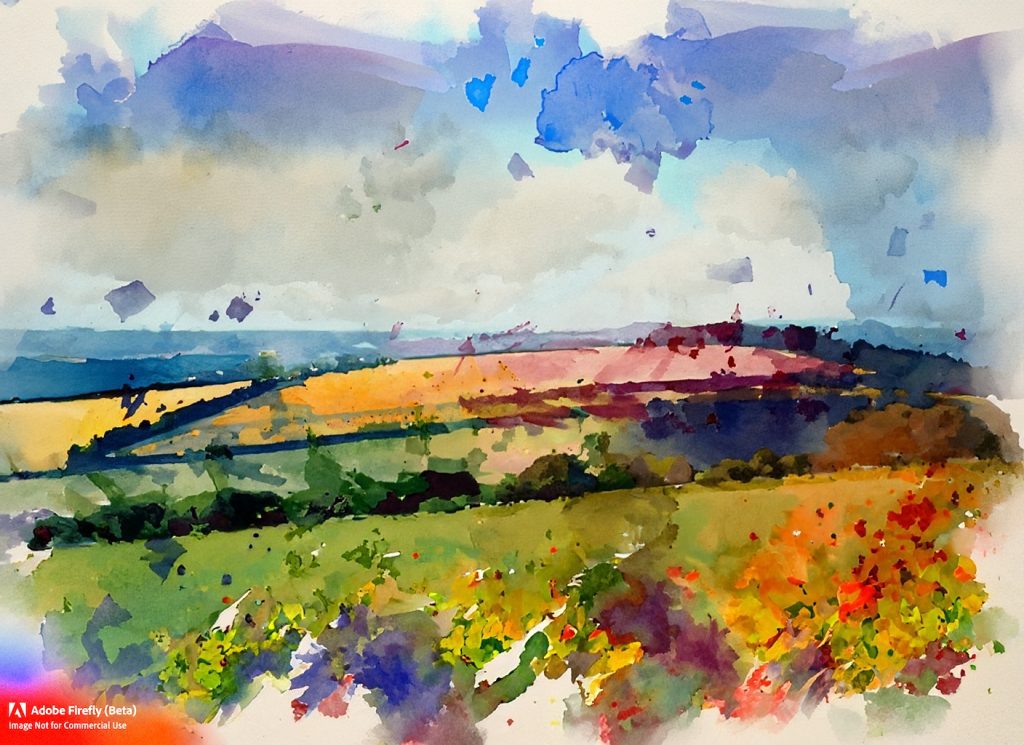
Find a style that you like
There are many different styles of watercolor painting, from realistic to abstract. Find a style that speaks to you and try incorporating elements of it into your own work.
Don’t be afraid to copy other artists
Copying other artists’ work can be a great way to learn new techniques and get comfortable with the medium. Just make sure that you’re not copying someone else’s work for commercial purposes without their permission. Watercolor painting can be challenging, but it’s also incredibly rewarding. With these 10 easy techniques, you’ll be well on your way to creating beautiful works of art!
FAQs for 10 Easy Watercolor Painting Techniques for Beginners
- What are the basics needed to start watercolor painting?
You don’t need much to start painting. The basics include a brush, watercolor paper, and a few paints. And you don’t need a huge range of colors to get great results. - What are some easy watercolor techniques for beginners?
There are many easy watercolor techniques for beginners, including wet-on-wet, dry brush, salt texture, masking fluid, and more. These techniques can help create interesting textures and fluid colors that showcase the medium. - How many watercolor techniques should beginners learn?
Beginners should start with the most common and necessary watercolor techniques and then move on to more fun and experimentative ones. A course designed for beginner and intermediate artists wishing to explore and improve watercolor painting techniques is The Watercolor Workshop. - What are some pro tips for beginning watercolor painters?
Some pro tips for beginning watercolor painters include painting backwards, using a limited color palette, using quality materials, practicing brush control, and experimenting with different techniques. - What is the best way to learn watercolor painting?
The best way to learn watercolor painting is to practice regularly and experiment with different techniques. Taking online classes or attending workshops can also be helpful in improving skills.
